Pakistan's interest payments absorb 13.6% of export earnings
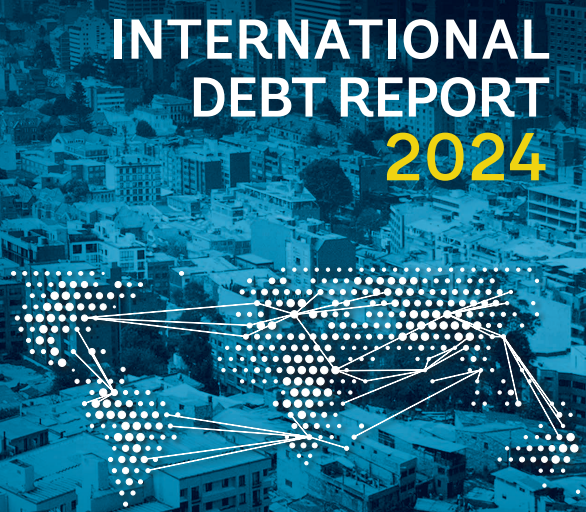
By MG News | December 04, 2024 at 04:28 PM GMT+05:00
December 04, 2024 (MLN): Pakistan recorded one of the highest interest payment burdens globally, with payments reaching 13.6% of the country's export earnings, according to the International Debt Report 2024 by the World Bank.
For IDA-eligible countries, interest payments on total debt stock have tripled since 2013 to an all-time high of US$34.6 billion in 2023.
Countries like Mozambique (38.3%) and Senegal (25.9%) also reflect the escalating debt repayment challenges in developing economies.
Pakistan's total external debt stands at $130,847 million, with debt servicing consuming 43% of export earnings, highlighting significant strain on the country's ability to fulfill its foreign obligations.
With external debt amounting to 352% of export earnings and 39% of Gross National Income (GNI), Pakistan’s debt burden continues to surpass sustainable thresholds for developing economies, the report reveals.
Pakistan’s Gross National Income (GNI) stood at $332.603bn, with a population of 240mn, leaving per capita income at approximately $1,385.84.
The IMF credit and SDR allocation stood at $7.59bn and $3.93bn respectively, reflecting Pakistan’s continued reliance on IMF programs for financial support.
Interest payments, driven by high-cost borrowing from private creditors and shorter-term loans, have further tightened Pakistan’s fiscal situation.
The report data further outlined that Pakistan relies heavily on multilateral (46%) and bilateral (45%) loans.
China alone accounts for 22% of bilateral debt, underscoring the country's dependence on strategic partnerships for financial support.
In 2023, the country received net financial flows of $5.048bn, with $3.303bn as net new borrowing, reflecting its struggle to meet current obligations.
Developing countries in 2023, spent a record $1.4 trillion just to service their debt. That amounted to nearly 4% of their gross national income.
Principal repayments remained stable at about $951bn, but interest payments surged by more than a third to about $406bn.
As the global COVID-19 pandemic of 2020–22 recedes into history, its impact on the debt burdens of low and middle-income countries (LMICs) and particularly the world’s poorest countries remains.
Policies implemented to deal with the pandemic, many of which are still largely in place, continue to strain the budgets of these countries, which tend to rely heavily on external financing from official and private creditors to fund their social and fiscal priorities
Copyright Mettis Link News
Related News
| Name | Price/Vol | %Chg/NChg |
|---|---|---|
| KSE100 | 128,199.43 336.91M |
2.05% 2572.11 |
| ALLSHR | 79,787.62 1,023.63M |
1.53% 1202.91 |
| KSE30 | 39,105.00 121.90M |
2.49% 951.21 |
| KMI30 | 186,915.61 131.16M |
1.10% 2029.11 |
| KMIALLSHR | 54,201.88 553.60M |
0.81% 438.07 |
| BKTi | 33,476.68 51.49M |
4.87% 1555.00 |
| OGTi | 27,962.58 9.77M |
0.68% 188.60 |
| Symbol | Bid/Ask | High/Low |
|---|
| Name | Last | High/Low | Chg/%Chg |
|---|---|---|---|
| BITCOIN FUTURES | 106,340.00 | 106,380.00 105,440.00 |
590.00 0.56% |
| BRENT CRUDE | 67.09 | 67.29 67.05 |
-0.02 -0.03% |
| RICHARDS BAY COAL MONTHLY | 97.50 | 97.50 97.50 |
0.70 0.72% |
| ROTTERDAM COAL MONTHLY | 103.80 | 103.80 103.80 |
-3.45 -3.22% |
| USD RBD PALM OLEIN | 998.50 | 998.50 998.50 |
0.00 0.00% |
| CRUDE OIL - WTI | 65.41 | 65.65 65.34 |
-0.04 -0.06% |
| SUGAR #11 WORLD | 15.70 | 16.21 15.55 |
-0.50 -3.09% |
Chart of the Day
Latest News
Top 5 things to watch in this week
Pakistan Stock Movers
| Name | Last | Chg/%Chg |
|---|
| Name | Last | Chg/%Chg |
|---|

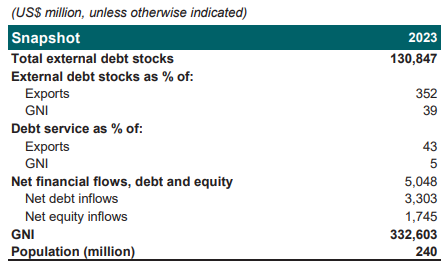
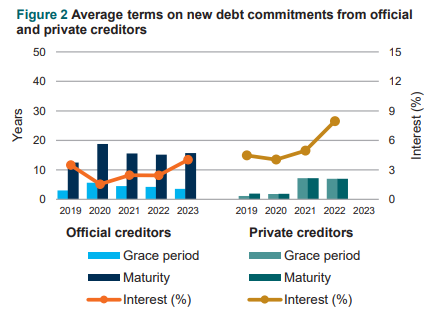
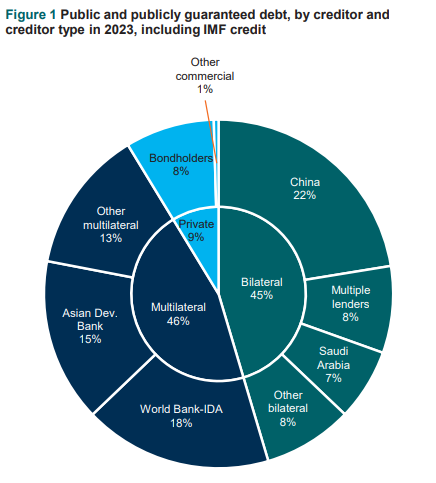

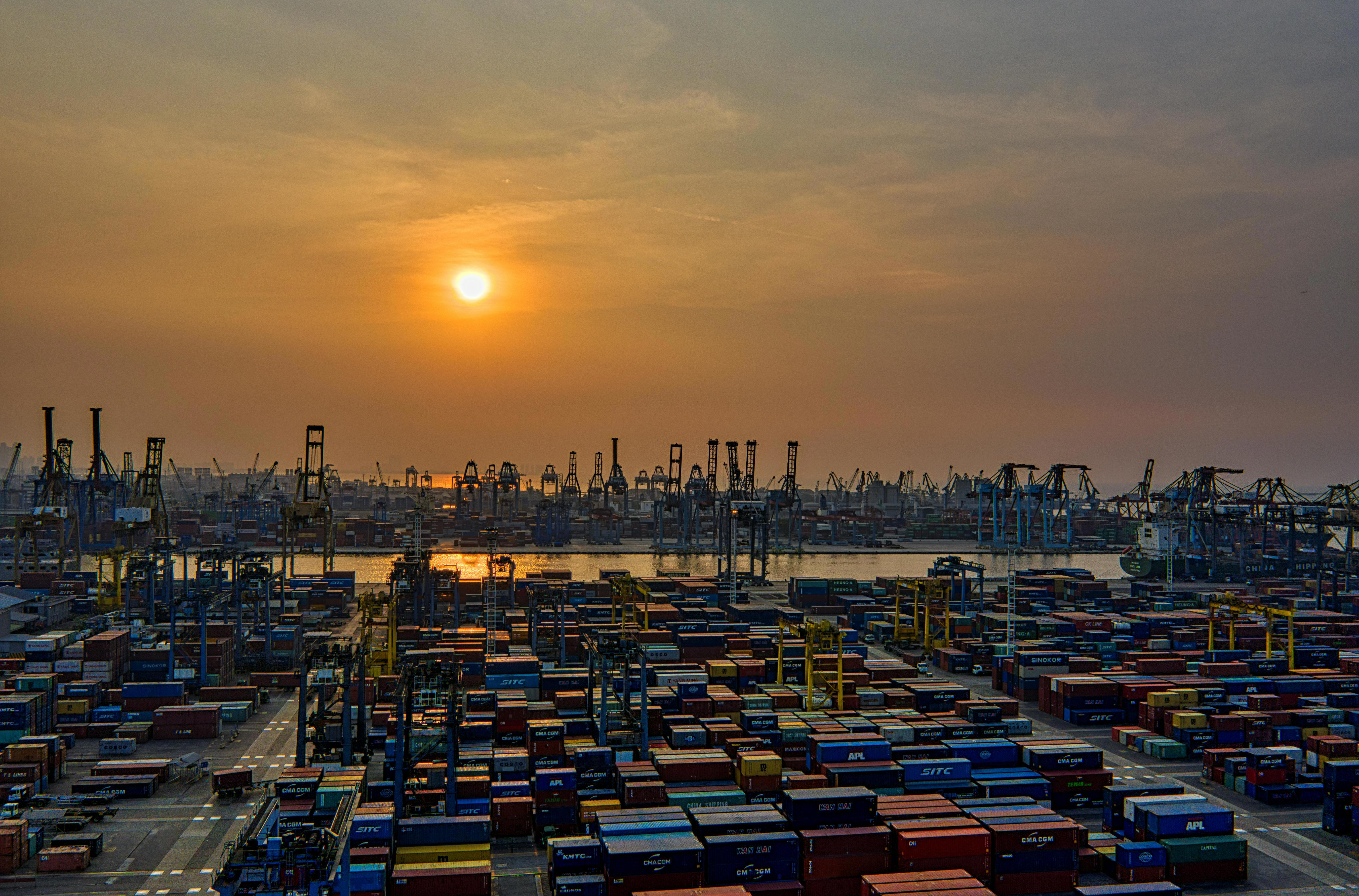

 CPI
CPI